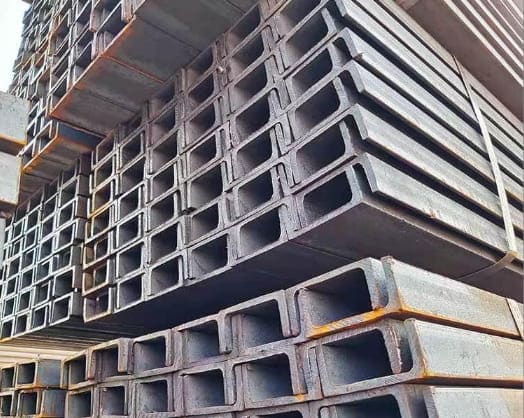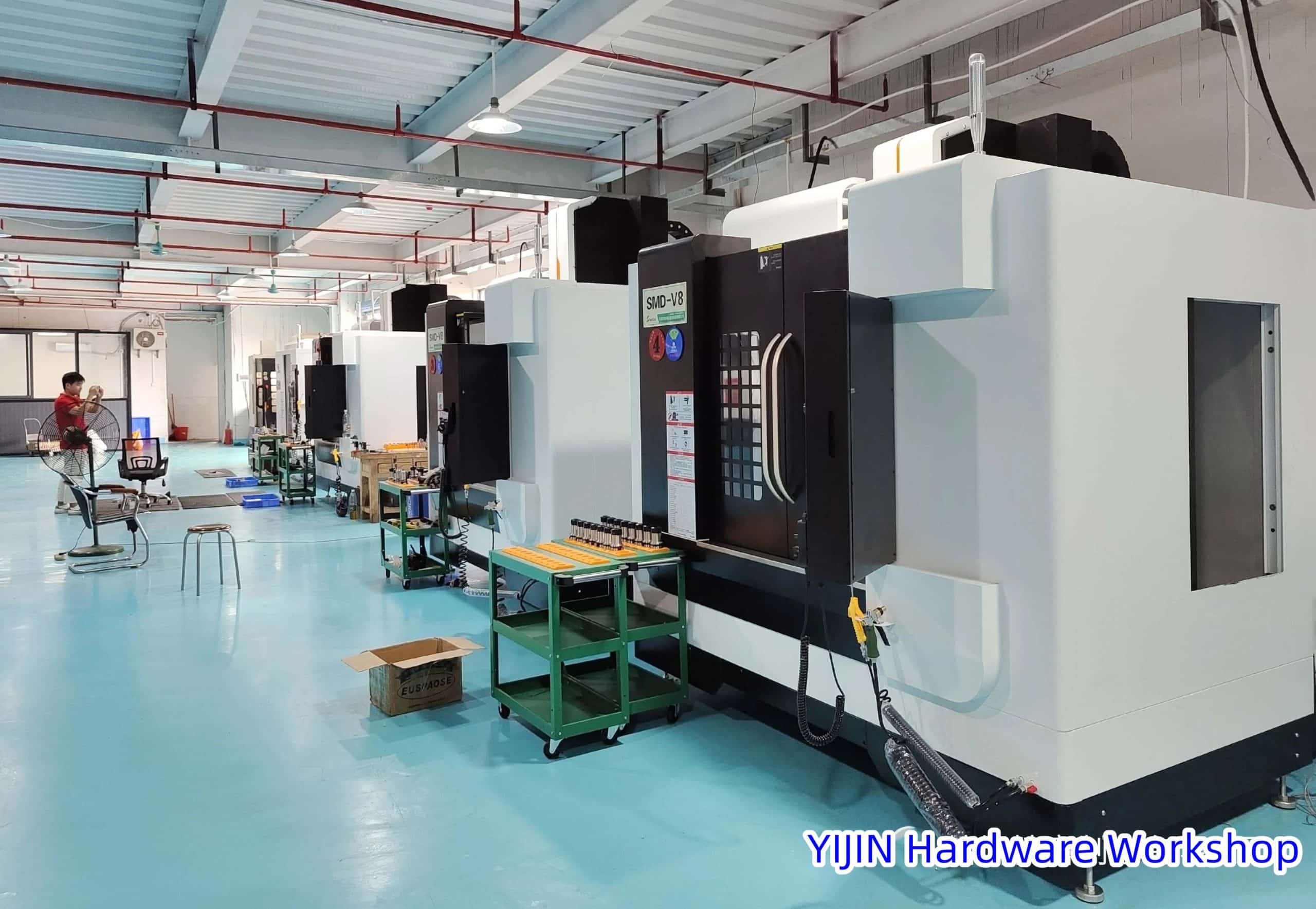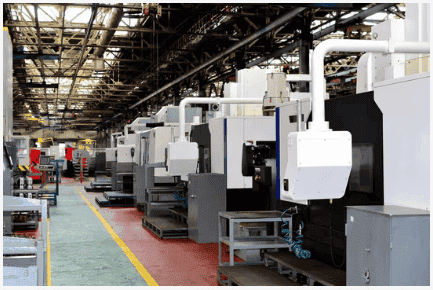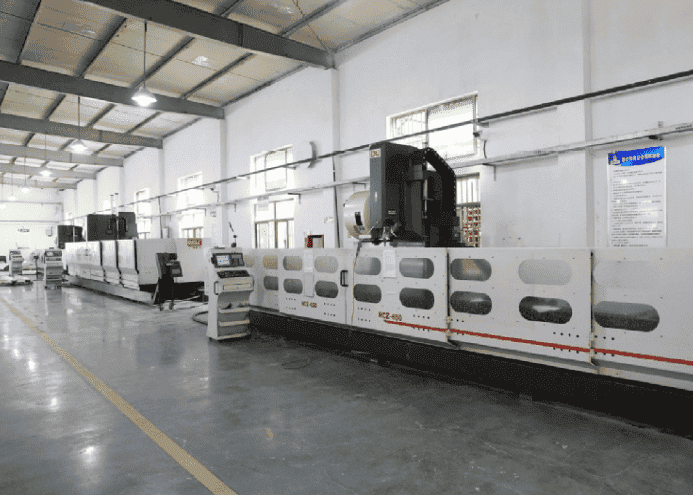Introduction
The importance of stainless steel and galvanized steel cannot be overemphasized. They are both combinations of iron that do not weaken quickly. Also, they possess massive strength and shiny surface that makes them beautiful to work with. No wonder they have both remained one of the most popular steel materials in our everyday life and this doesn’t look like it is coming to an end any soon.
They are used in most modern industries like transportation, medicine, and cutler companies around the world, to manufacture items needed for a day to day activities. However, they share a lot of differences that we all need to be learned about. This is the reason why we have put this article together.
If you want to learn more about stainless steel and galvanized steel, you are in the right place. Together, let’s explore the features of these materials together while spotting their differences and other important things you need to know. Have a great 7minutes read!
What is Stainless Steel?
Stainless steel is a combination of iron that has continually proven its usefulness in our daily activities. They are malleable, and their exceptional strength can be attributed to the chromium it contains.
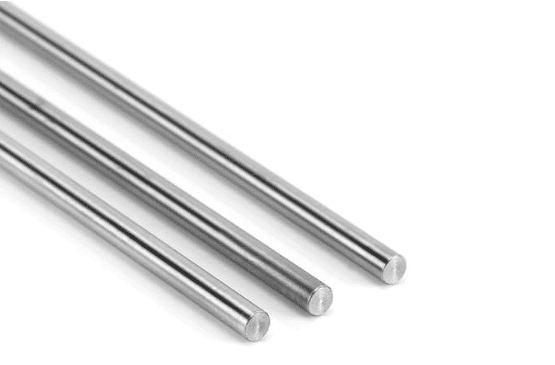
The chromium embedded inside stainless steel enables it to make inactive surfaces that serve as protection to avoid corrosion. Also, this makes it possible to come up with quality stainless steel that does not corrode very easily under the action of wind and water.
Stainless steel contains less than 1.2% carbon, at least 10.5% chromium, and alloy compositions like nickel, molybdenum, titanium, niobium, manganese, etc. These compounds are responsible for their mechanical attributes and corrosive resistance.
What Stainless Steel is Used for?
Stainless steel is magnetic and corrosive and they are produced by summing chromium into liquified steel. These attributes make it useful in these various ways:
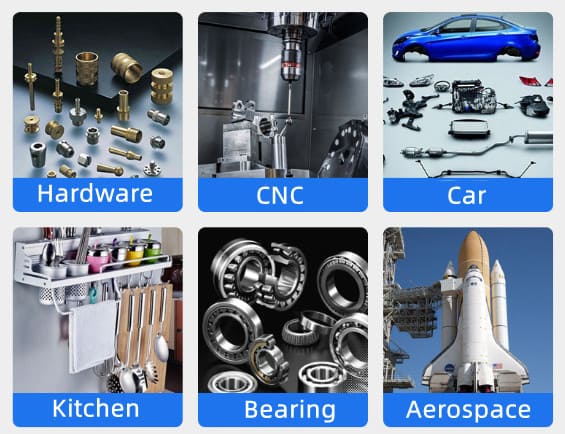
1. Food and Catering
Stainless steel is used for the production of the cooking utensils such as spoons, forks, knives, cooking pots, plates(serving and eating), cups, gas cookers, frying pans, pot stockpots, stewpots, steamers, double boilers, crockpots, etc.
Knife blades with razor edges are constructed as shape-like grills and sink with the help of stainless steel, which is very important.
2. Chemical Industry
Chemical plants open metals and equipment to an extremely harsh environment. Stainless steel still provides the most important solution to resolve corrosion components.
3. Infrastructure
Stainless steel helps construct bridges, railways, and marine and aviation companies.
4. Storage Tanks
Stainless steel tanks are generally used to hold acidic substances like gases and other large volumes of food, drinks, and water. It adds no flavor or aroma to food, drinks, or water, which is essential to the health of consumers.
5. Medical Industry
Stainless steel is used to produce surgical equipment like scissors, clamps, blades, and needle holders. It is used in manual valves of the heart to help pump blood through it. Also, it is used in making kidney dishes and operation plates
It is ideal for use in the medical industry because it is corrosion-resistant and can be easily sterilized, making it ideal for the production of instruments like scalpels and implants.
6. Civil Engineering
Stainless steel possesses similar desired properties to usual steel but eliminates disadvantages like corrosion. Stainless steel has become globally known as a construction instrument.
7. Power Plants
A power formation plant requires that it can endure high heat and extreme pressure. Stainless steel is a clear choice in heat exchangers, reactor tanks, pressure tubes, transformer enclosures, and more
8. Household Equipment
In addition, stainless steel can be found as a finishing material on appliances such as refrigerators, worktops, dishwashers, washing machines, microwaves, and pressing irons.
9. Architectural Application
Architectural applications such as roofing and cladding, windows, and doors need to find the best quality stainless steel for their work.
What is Galvanized Steel?
Galvanized steel is another type of steel associated with construction. It can resist chlorinated water, and It is cost-effective, which makes it affordable. Galvanized steel does not require additional preparation of the surface, examinations, painting/coatings, etc. Many modern industries use galvanized steel solely because it has a wide array of importance for industries.
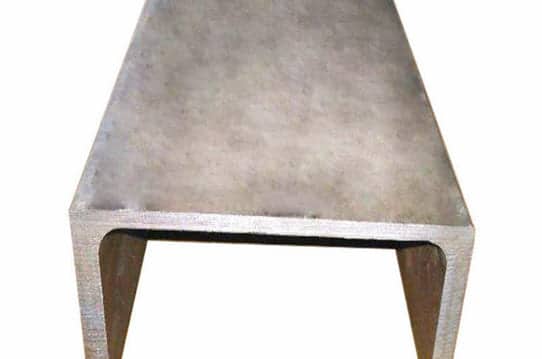
The Role of Galvanized Steel
- Galvanized steel is used for protection, and it also has sharp corners and suspends others that cannot be protected by coatings, making it resistant to damage.
- Galvanized steel maximizes the steel product’s reliability and fosters the durability of the steel’s finished product.
- Galvanized steel is used to protect the surrounding of the zinc while coating. It does not matter if the steel section is exposed; the zinc will corrode, thereby protecting the damaged areas.
- In galvanized steel, the galvanization process provides a great, extremely intense coating for large quantities of steel using molten zinc.
- Galvanized steel is used for easier manipulation while still engaging in a great deal of strength, but not as strong as stainless steel.
- Galvanized steel protects against rust, and it also helps to provide corrosive resistance when not shielded from high levels of acid or salt water.
What Galvanized Steel is Used for?
- Pipes and fittings in houses
- Metal roofing
- Nuts, Bolts, Nails
- Screws, Hinges, Gaskets, Fasteners
- Structural Beams.
Stainless Steel vs. Galvanized Steel: What is the Difference?
Stainless steel and galvanized steel are two types of steel that can not be neglected for the benefit of the environment at large.
Considering their difference, both are of great value and importance to the steel industry, with their different pros and cons. Stainless steel and galvanized steel are of similar capacities, but for you to ascertain which of the steels to adapt to the cost of the project, we consider the type of project and the budget at hand for the execution of the project.
The type of project and the budget at hand for the execution of the project will determine which of the stainless steel or galvanized steel to adopt for the achievement of the set goal.
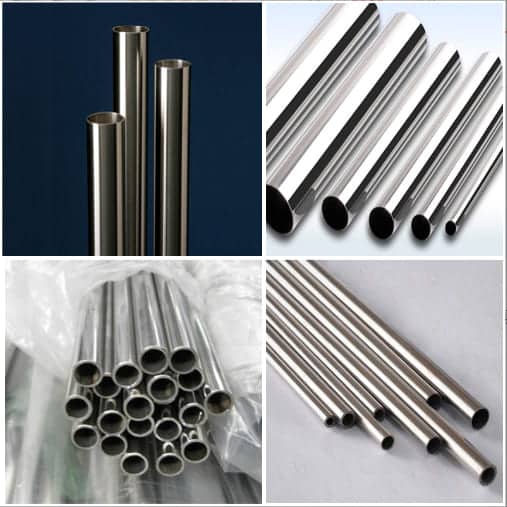
Component
Stainless steel is made up of chromium, while galvanized steel is made up of zinc-covered steel, which both prevents rust and corrosion.
Formulation
Different types of steel are formed differently. In the process of making steel, iron ore is heated and then melted to enable the removal of impurities, then coke is added to provide greater strength.
To have galvanized steel entails coating it with a thin layer of zinc, which it’s process is known as hot-dip galvanizing. For the safety of welders who will be working with galvanized steel will need protection against fumes because zinc’s boiling point is beyond that of the steel, and in the process of welding, zinc vaporizes.
Stainless steel is said to have a complex process involving carbon, nitrogen, chromium, silicon, nickel, and manganese joined to molten steel. It will be processed into a semi-finished product before it will be heated and reformed into wires, strips, bars, sheets, and plates. In the process of welding stainless steel, welders are advocated to take more caution during the heating and cooling of stainless steel.
Characteristics
Normally justified that the more complex the compound, the greater the strength.
Galvanized Steel
Galvanized steel is more flexible and undermining to work, stainless steel counter corrosion better, and is more secure. It is coated by zinc which protects it from rust to avoid the steel from having any contact with oxygen. This is to prevent the occurrence of corrosion. Thereby protecting bolts, nuts, screws, and nails from demeaning when exposed to the weather.
In a situation where the zinc coating encounters any form of scratches, it still can prevent corrosion because the surrounding zinc is more reactive than steel, thereby preventing rust from forming.
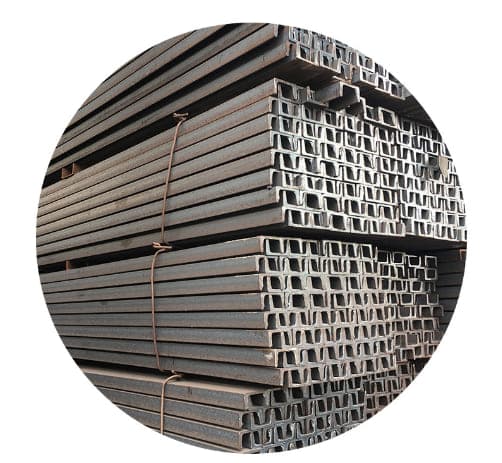
Galvanized steel is very easy to work with, but stainless steel is not that easy to work with because it’s diversified and all-purpose. Galvanized steel resists water better. It tends to corrode quicker than stainless steel when it comes in contact with seawater. Generally, the mixture of oxygen, salt, and moisture results in metals corroding salt water giving rise to corrosion.
Stainless Steel
Stainless steel is said to resist corrosion much better because of its elements, most especially chromium. Chromium joins with oxygen within its environment to form a passive layer of chromium oxide that will help to resist iron oxide from forming.
When exposed to seawater, the zinc layer which surrounds galvanized steel will tend to be less effective towards corrosion, which amounts to the reason why stainless steel is applied for sea-going vessels and many other environments in which metals are exposed to saltwater.
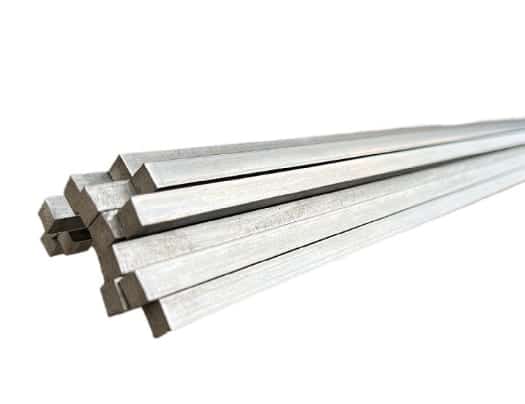
Moreover, most people prefer stainless steel to be a more attractive option to them. Taking into consideration its silvery color collates with the torpid gray of galvanized steel; nevertheless, stainless steel presents a better aesthetic look.
Application
Stainless Steel
Stainless steel never corrodes or rusts. It possesses exceptional strength and resilience, which makes it a strong steel and suitable for our bigger projects with a huge budget. Stainless steel is used in
Bridges
- Pharmaceutical equipment
- Skyscrapers
- Rain ways
- Monuments and sculptures
- Aerospace Components
- Tools
- Kitchen Appliances
- Kitchen utensils
- Food processing equipment etc
Galvanized Steel
Galvanized steel can resist chlorinated water. It is cost-effective, which makes it affordable. It is mostly chosen because of its cheaper cost effect; it is applicable for domestic applications such as
- Pipes and fittings in houses
- Metal roofing
- Nuts, Bolts, Nails
- Screws, Hinges, Gaskets, Fasteners
- Structural Beams
- Automotive Components
- Traffic Signs
- Railing
- Washing machine, Dishwashers
- Chain link and Ornament fencing
Cost
Both galvanized steel and stainless steel generate costs differently. Galvanized steel has a lesser budget which makes it more cost-effective than stainless steel, which is very strong and costlier; stainless steel requires a well skipped, and a professional craftsperson will spend significant time. The costs of stainless steel go twice the cost of galvanized steel.
Which One is More Suitable for Your Application, Stainless Steel or Galvanized
Stainless steel is more indestructible and corrosion-resistant than that galvanized steel and can be used for those applications that require greater strength, such as bridges. Considering the characteristics of those two steel discussed, you can observe that both are of different features from one another.
The choice to adapt any of the steel is based on the situation at hand in which you need to stay away from any of the steel. Stainless steel stands up to saltwater but quickly breaks down after exposure to chlorinated water. Is important to prevent any design that can lead to two stainless steel components generating friction against each other.
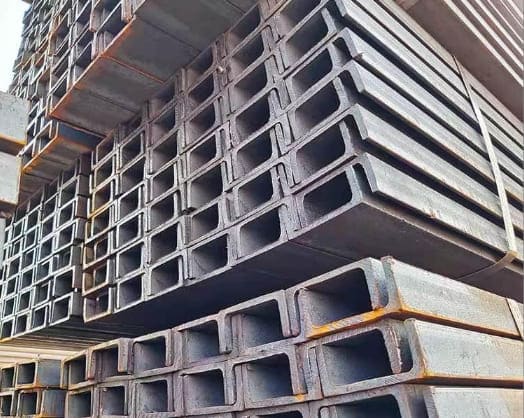
Despite how great galvanized steel is, it still happens that there will be some situations in which adapting galvanized steel is questioned. Welding steel after it has been galvanized will lead to burn away the protective layer of zinc. It seems to be important to galvanize galvanized steel afterward it is welded to protect the joint.
Assuming you are to build a rocket that will be used to send the space force to Mars, then it is preferred to work with stainless steel. If you get a contract to embark on building an ocean-bound submarine then stainless steel is the most appropriate to use. If you are looking for the most cost-effective option, both in terms of the materials and the amount of work required, selecting galvanized steel as the material of choice for the duration of your project is the way to go.
Conclusion
The use of stainless steel and galvanized steel can never be ignored. They are popularly used in our day-to-day activities through home appliances, bridges, our house roof, etc. They also help in manufacturing those home appliances and the construction of bridges, etc. This shows that without these steels, a lot of our daily activities will not be smooth. In other words, we must say that stainless steel is part and parcel of our life.
 Call Us Today! (+86) 188-2253-7569
Call Us Today! (+86) 188-2253-7569